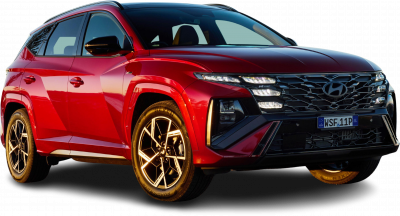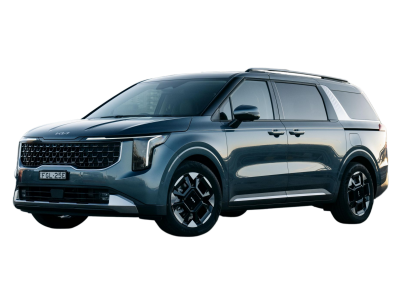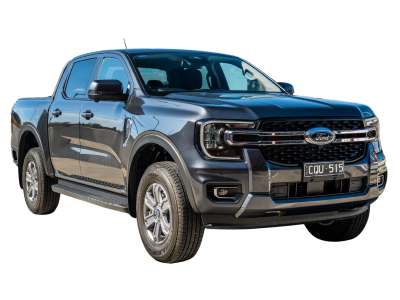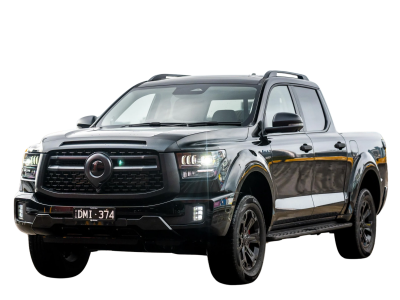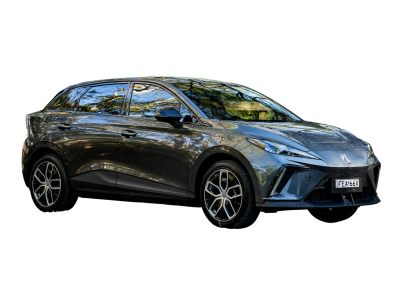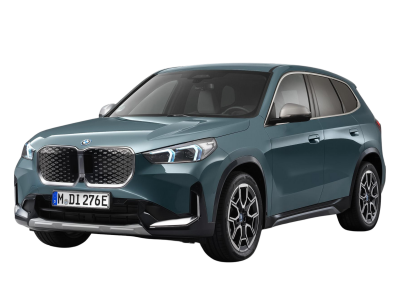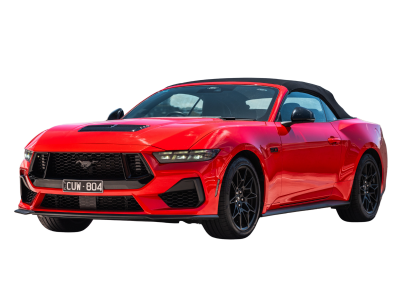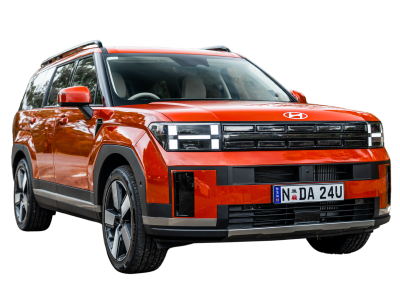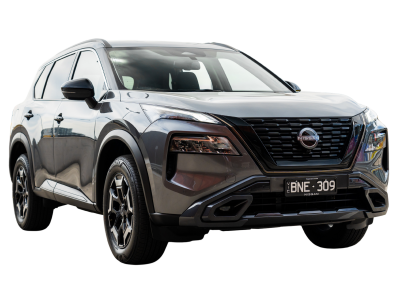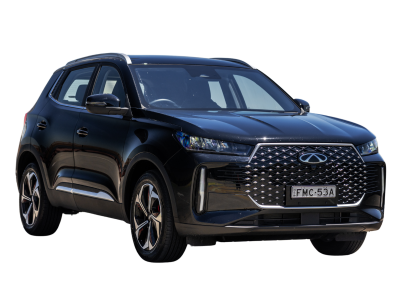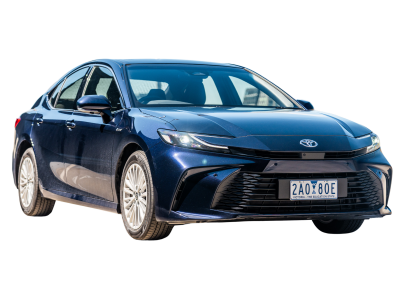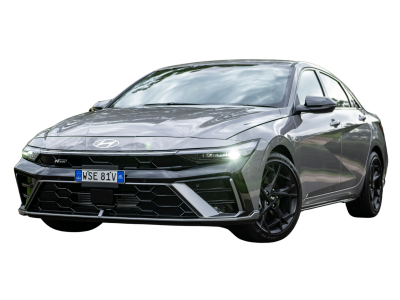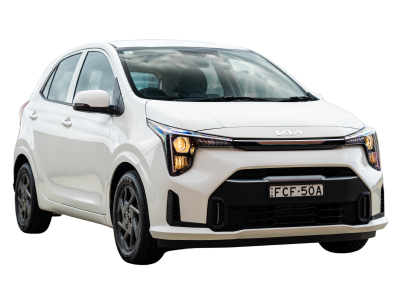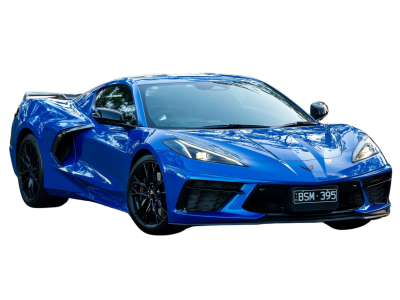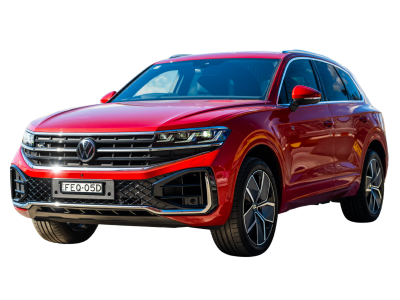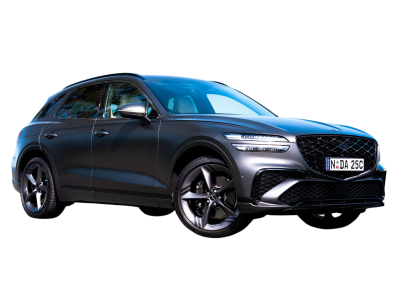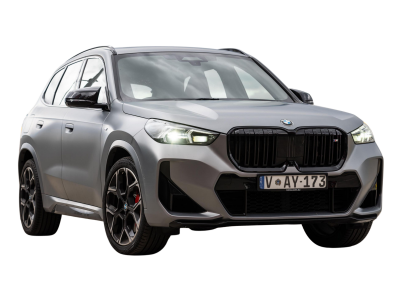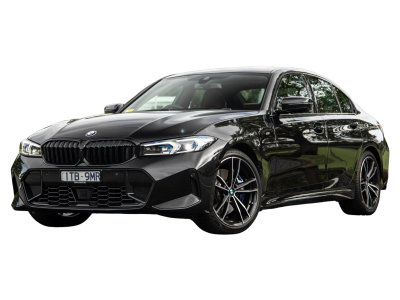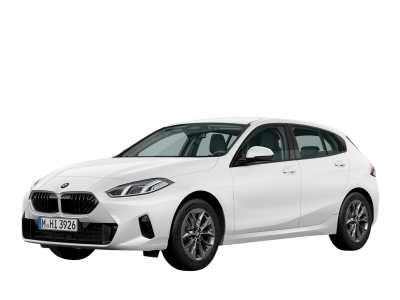Affordable small SUVs represent one of Australia's most popular new vehicle segments, offering the elevated driving position and versatile packaging that buyers love, but without premium price tags. These compact SUVs prove you can get wagon-like practicality, plus modern safety tech and impressive equipment levels while staying within realistic budgets.
The best affordable small SUVs excel at being practical daily drivers that can handle everything from urban commuting to weekend adventures. They need decent ground clearance for Australian conditions, flexible cargo space for family gear and the reliability that makes them smart long-term choices for growing families.
Here are Australia's top affordable small SUVs that deliver maximum SUV appeal at accessible prices.
Australia's Best Affordable Small SUV
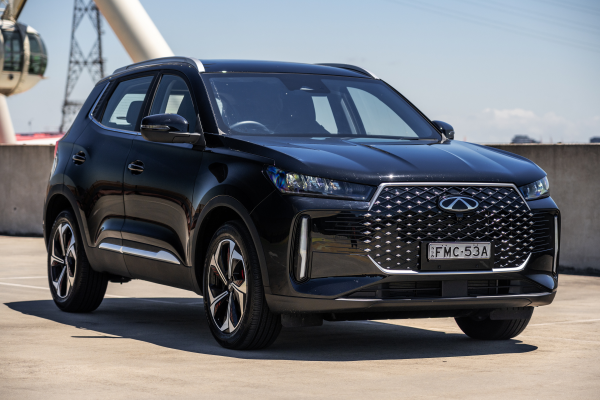
Best Choice
Chery Tiggo 4
The Chery Tiggo 4 Pro delivers exceptional value with impressive equipment levels, all the latest safety tech and very competitive pricing, making SUV ownership accessible to more Australian buyers than ever.
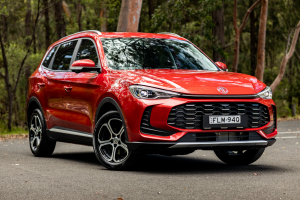
Finalist
MG ZS
The MG ZS combines attractive pricing with high equipment levels and practical interior space, making it an appealing choice for budget-conscious buyers seeking small SUV versatility and style.
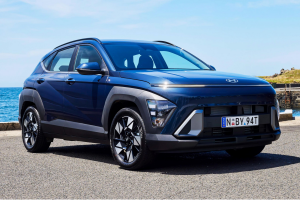
Finalist
Hyundai Kona
The Hyundai Kona offers distinctive styling and solid build quality, plus comprehensive safety and infotainment features in a sharp yet comfortable small SUV package.
Compare 2025’s Best Affordable Small SUV
Explore our top picks for Best Affordable Small SUV this year, with side-by-side comparisons to make your choice easy.




